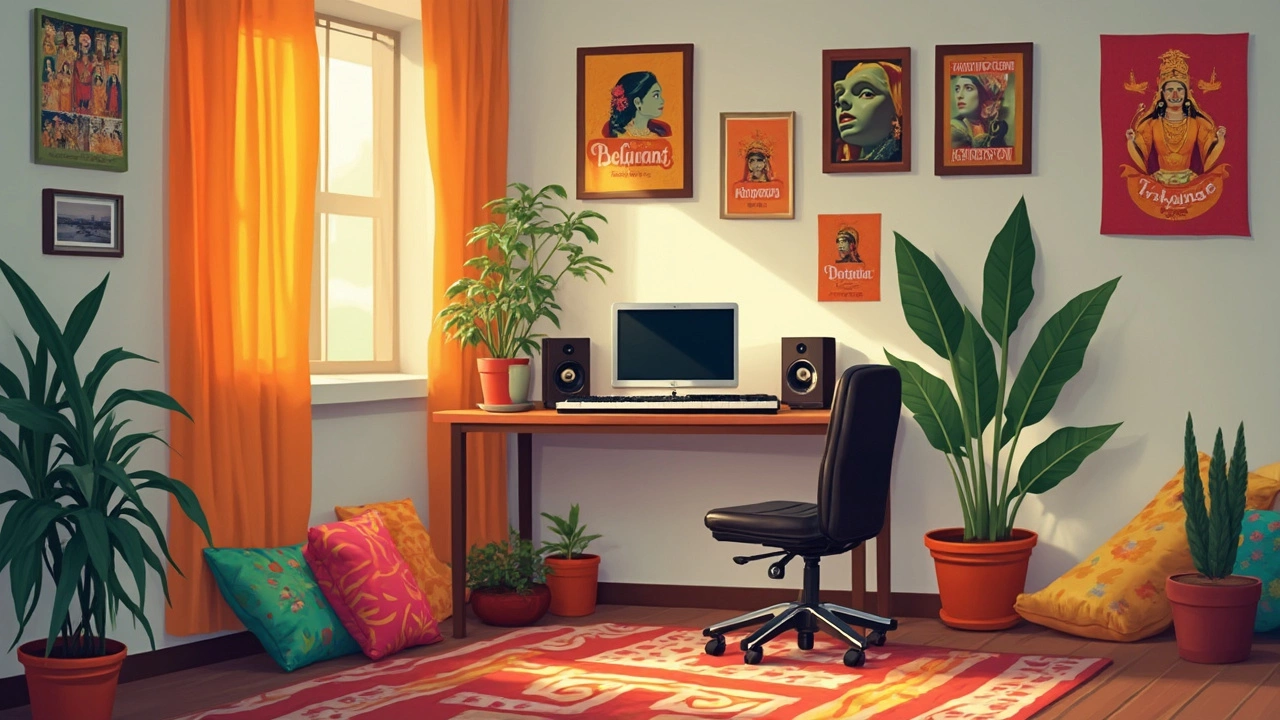Compact Studios: Small Space Photo Studio Guide
If you’re dreaming of a photo studio but your flat is barely bigger than a bedroom, you’re not alone. Many photographers start in compact rooms and end up making more money than a big‑walk‑in space. The secret is clever layout, the right gear, and a dash of hustle. Below you’ll find practical steps you can apply right now.
Space‑Saving Layout Ideas
First, map out the floor. Measure each wall, then sketch a simple rectangle on paper. Put the camera on a sturdy tripod in the center and use the back wall as a backdrop. A collapsible background system works wonders because you can roll it up when you’re done shooting. If you have a tall bookshelf, turn it into a storage wall for lights, reflectors, and props. Store everything in clear bins so you can see what’s inside without opening every box.
Lighting is the next boss level. Instead of bulky studio strobes, consider a couple of LED panels. They’re lightweight, run cool, and you can mount them on clamps that attach to a wall or a small C‑stand. Position one panel at a 45‑degree angle to the subject and the other opposite as a fill. A simple white sheet or a portable softbox can turn harsh light into flattering, even illumination.
Affordable Gear for Tight Budgets
When cash is limited, buy smart. A good mirrorless camera can replace a heavy DSLR and still deliver stunning image quality. Look for models with interchangeable lenses, then pick a 50mm f/1.8 “nifty‑fifty” – it’s cheap, sharp, and great for portraits in tight spots. A budget tripod with a fluid head gives you smooth pans without breaking the bank.
Don’t forget storage. A portable SSD is faster than a hard drive and less likely to fail. Keep your files organized by project and date – it saves hours when you need to find a specific shot for a client. If you need a backdrop, a roll of seamless paper costs less than a fancy printed wall and can be swapped in seconds.
Now for the business side. Price your sessions based on the value you deliver, not just the square footage you occupy. Offer mini‑session packages that run 20‑30 minutes; they fill up your calendar fast and keep clients happy. Promote your studio on Instagram with behind‑the‑scenes stories – people love seeing how you make a tiny room look professional.
Marketing doesn’t have to be expensive. Create a simple Google My Business listing with your address (even if it’s a home address) and encourage happy clients to leave reviews. Good reviews push you up in local search, meaning more Mumbai couples will find you when they type “compact studio near me”.
Finally, keep learning. Join local photographer groups on WhatsApp or Facebook. They share tips on where to rent extra space for big shoots, how to negotiate with suppliers, and sometimes even loan gear. The more you network, the easier it becomes to grow without moving to a larger location.
Running a compact studio is all about thinking big while staying small. Use every inch wisely, invest in versatile gear, and price for the experience you provide. With the right approach, your modest room can become a profitable hub for portraits, product shots, and creative projects in Mumbai.
